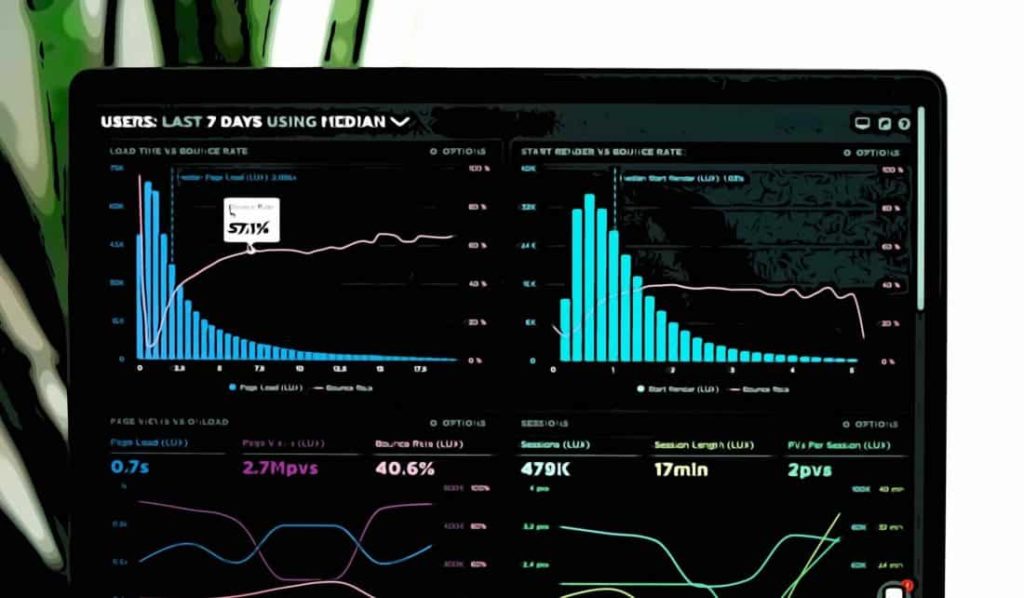There have been issues with data accuracy in mobile targeting in the past. Targeting the right person in the best moment is still the appropriate goal for marketers. But to do this effectively, the data that fuels campaigns must be reliable.
If marketers don’t work from reliable data sets then the information is useless, and mobile targeting will be more of the same.
Today, the availability of scalable first-party data sets is there. Brands and advertisers need to be able to understand what good data should look like.
We’ll look at a few fundamentals to look for that will ensure your mobile targeting campaigns are powered by quality data. We’ll also discuss the effect this will have on different mobile targeting channels.
Table of Contents
What is quality location data?
When we talk about data we look for the following attributes:
- First-party – is the data from a first party source. Second-hand data that is unverifiable is not helpful as it could be inaccurate or out of date.
- Sensor-driven – this means that the data sets are sourced from accurate sensors. Precise and reliable data sets are sourced from multiple sensor types to ensure accuracy and scale.
- Real-time – Datasets must be immediate in order to verify accuracy. To achieve effective personalisation and mobile targeting, action must be taken based on data sets that are real-time.
Programmatic advertising & location data
Location is a fantastic trigger to help fuel mobile marketing campaigns. That is if you can get the moment right.
Programmatic has always had its problems – automation is difficult to get right. A lot has been said about programmatic and it’s effect on delivering relevant content to the right person at the right time.
We’ve all seen and remember poor individual use cases of programmatic advertising. Mobile programmatic targeting has taken the plunge and aims to put data at the centre.
However, problems of accuracy remain if the data that is being used to fuel programmatic advertising isn’t accurate.
Location-based marketing and programmatic are effective when the following conditions are met:
- Mobile targeting can be achieved in real-time
- Data is derived from accurate, sensor-driven networks
- The data is first-party
Without this programmatic mobile targeting will be ineffective. Outdated data sets can mean that you completely miss the relevant moment to target audiences.
It can also mean that your attempts to personalize the experience miss the mark. We all know how important personalization is to the modern marketer.
There are a lot of companies that claim to provide accurate data, but these are rarely meeting the three conditions we just discussed.
Often the data is third-party, it’s driven not by accurate sensors, but vague lat/long indicators. It’s often not live or real-time either.
So make sure your data partner can deliver on those three points. This will allow your programmatic mobile targeting to truly feel personal. It’s also important to get a good understanding of what stream processing is.
Location-based social media marketing
With organic social media becoming more obsolete, more brands are looking at increasing their ad spend on social to ensure that they reach audiences constantly. One way to do so is by using social media management tools that automate posting regularly on all social channels for maximum reach.
Social targeting options allow for geographic targeting. But the accuracy of these targeting options is yet to be verified. How do you know you aren’t targeting a user who checked in there over a week ago?
Let’s analyse current social media mobile targeting options in relation to our three commandments.
Real-time – Facebook’s geographical targeting feature is rather vague when talking about its geo-targeting options. Or at least when talking about the speed of the targeting. “people recently in this location” is how they describe it. But there’s little in the way of how recent.
Now, this is useful for some advertisers, but to create a truly personalized and real-time experience, it has to be instant.
Accurate sensor-driven – Again it’s hard to tell exactly how Facebook sources its location data. We suspect that a large proportion of data is derived from check-ins on the Facebook platform. This does raise some issues – it relies on the user selecting the right location, for example.
Social is a powerful channel for targeting users. But the potential is even greater if brands can accurately target users in real-time. It’s even more effective if this is done in relevant locations and with personalized content. This can even be leveraged to create social proof.
In order to achieve that, the data that fuels social targeting and retargeting needs to be accurate.
Social platforms have always focused on personalization of the news feed. But this highlights some of the problems with facebook ads – they aren’t relevant.
Facebook has spent so much time personalizing the organic news feed but then delivers any ad at any time.
This means that brands and advertisers who embark on Instagram marketing can ensure that relevant, in the moment ads, reach users using Instagram stories data will be on to a winning formula.
Post mobile targeting attribution
The same can be applied to attribution. Post mobile targeting attribution is valuable for advertisers and marketers. It’s important to measure attribution, especially in the offline world. Mobile location data has been instrumental in this. Closing the online to offline attribution loop is now possible thanks to device location data.
But again, to truly understand physical conversions, marketers need accurate and real-time data sets.
Conclusions
Mobile targeting is a powerful tool for marketers to reach users with personalised messages, at the right moment. Location data and location intelligence helps provide the context that mobile targeting takes place.
Whether programmatic or social, mobile targeting requires data. This data must be accurate, real-time and first-party to ensure that location-based mobile marketing is effective.
Precise data is now available at scale. This means that marketers now have a powerful tool at their disposal, as long as they utilize the right data sets.
James is the head of marketing at Tamoco




Leave a Reply